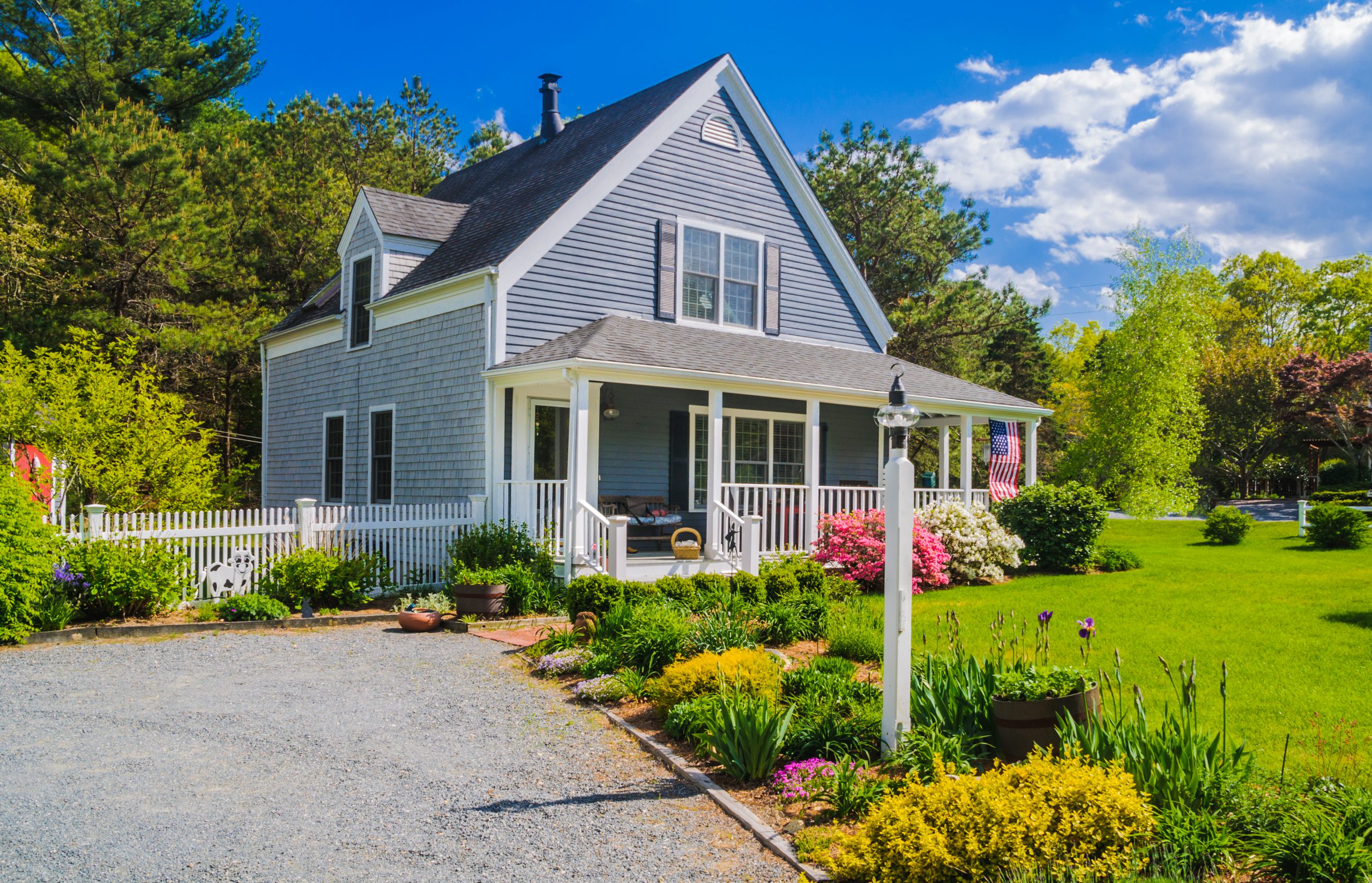
Across America, we’ve been experiencing a seller’s market as buyers compete over a limited number of homes for sale amid steep mortgage costs.
We’ve also seen something unexpected – an increase in the number of “tiny home” designs coming onto the market to give first-time buyers a foothold in the real estate market.
If you jump on Amazon.com, you’ll find a wide and impressive range of tiny homes priced upwards from $18,000 to $43,000.
The online giant features an array of tiny home styles. You can pick a traditional-looking A-frame home, a villa, or even a mountain cabin. If you want the two-story experience, no problem. There’s a tiny home for you!
Tiny homes are exactly as the name suggests. They’re dwellings typically under 400 square feet and designed for space efficiency. They’re often built on wheels for mobility.
Though size is a defining characteristic, tiny homes are also known for their minimalist philosophy and focus on sustainable living.
Here’s why they’re becoming popular:
- Affordability: Tiny homes are significantly cheaper to build and maintain than traditional houses, making homeownership more accessible.
- Going Green: Their smaller footprint means less resource consumption and reduced environmental impact.
- Minimal Lifestyle: They encourage decluttering and prioritizing experiences over possessions.
- Mobility: The ability to move your home offers flexibility and freedom.
- Clever Use of Space: Multi-functional furniture, lofts, and innovative storage solutions are hallmarks.
- Sustainable Materials: Many tiny homes incorporate eco-friendly materials and energy-efficient systems.
Before you dash off and log into your Amazon.com account, these tiny homes have a few challenges, including:
- Zoning Regulations: Local laws and building codes can pose challenges.
- Limited Space: Adjusting to a smaller living space requires adaptation.
- Resale Value: Their resale market is still developing.
- Financing: Securing traditional mortgages can be difficult.
As an experienced agent, I’ll be interested to see if tiny homes represent a shift in housing priorities, emphasizing sustainability and intentional living. While they’re not for everyone, their popularity reflects a growing desire for simpler, more fulfilling lifestyles.
